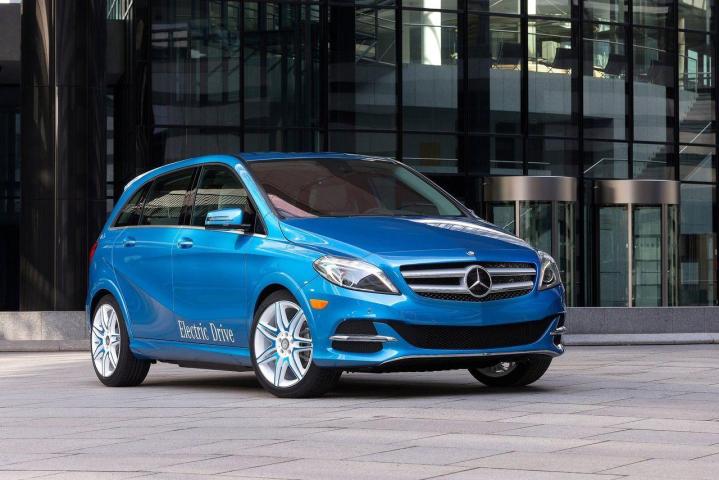
Presently, California mandates that 2.7 percent of new cars sold in 2015 must be zero-emission vehicles, and by 2025 CARB expects that mandated percentage to rise to 22 percent. To the vast majority of automakers — Tesla excluded — that goal is aggressive, but manageable.
Now, however, under the leadership of CARB chairwoman Mary Nichols, the new benchmark will be that 100% of new vehicles sold in the year 2030 are zero-emissions models. And for those of us still living in the year 2050, CARB expects every vehicle on the road to be without environmental pollutants.
To some, this might seem like a pipe dream, but Governor Jerry Brown has also set steep goals for reducing California’s greenhouse-gas emissions by 80 percent by the year 2050. Additionally, Brown has called for a 50-percent reduction of transportation petroleum use by 2030. As a result, Nichols’ plan fits in lock-step with the Governor’s environmentally friendly policies.
To gaze into the crystal ball for a moment, I expect automakers to scoff at these mandates, since in the event some form of these regulations become law, California residents would not be able to purchase vehicles from any non-EV manufacturer. In a best-case scenario under the proposed regulations, larger automakers would only be able to sell all-electric or alternative energy-powered vehicles and in a worst-case situation, most automakers would abandon the California market altogether.
Whether or not the 100 percent mandate goes into effect, CARB’s standards are likely to remain highly ambitious. So California residents should only expect to see more restrictive emissions regulations over the next few decades, even if they don’t see a complete elimination of all air polluting models.
Editors' Recommendations
- Sonos needs to curb its power consumption if it wants to be net zero by 2040
- New York Comic Con: All the TV and movie panels you won’t want to miss
- Ford, Honda, BMW, and Volkswagen reach deal with California on emissions


